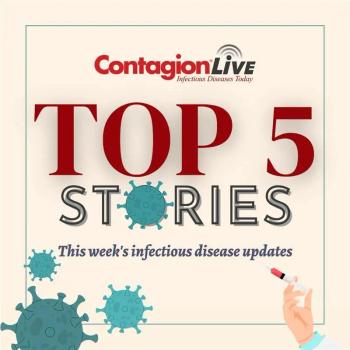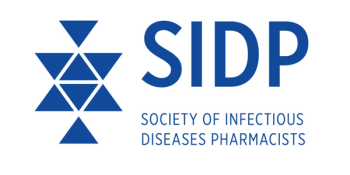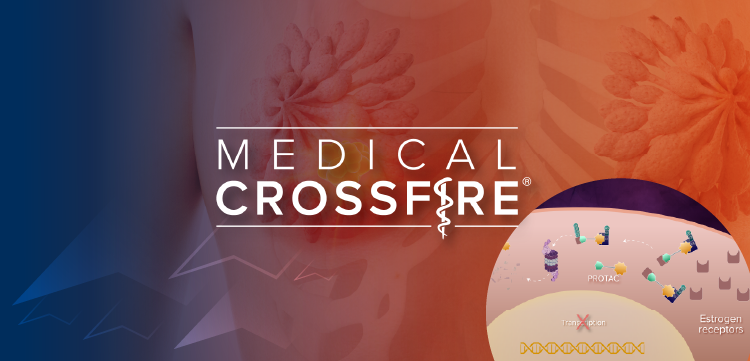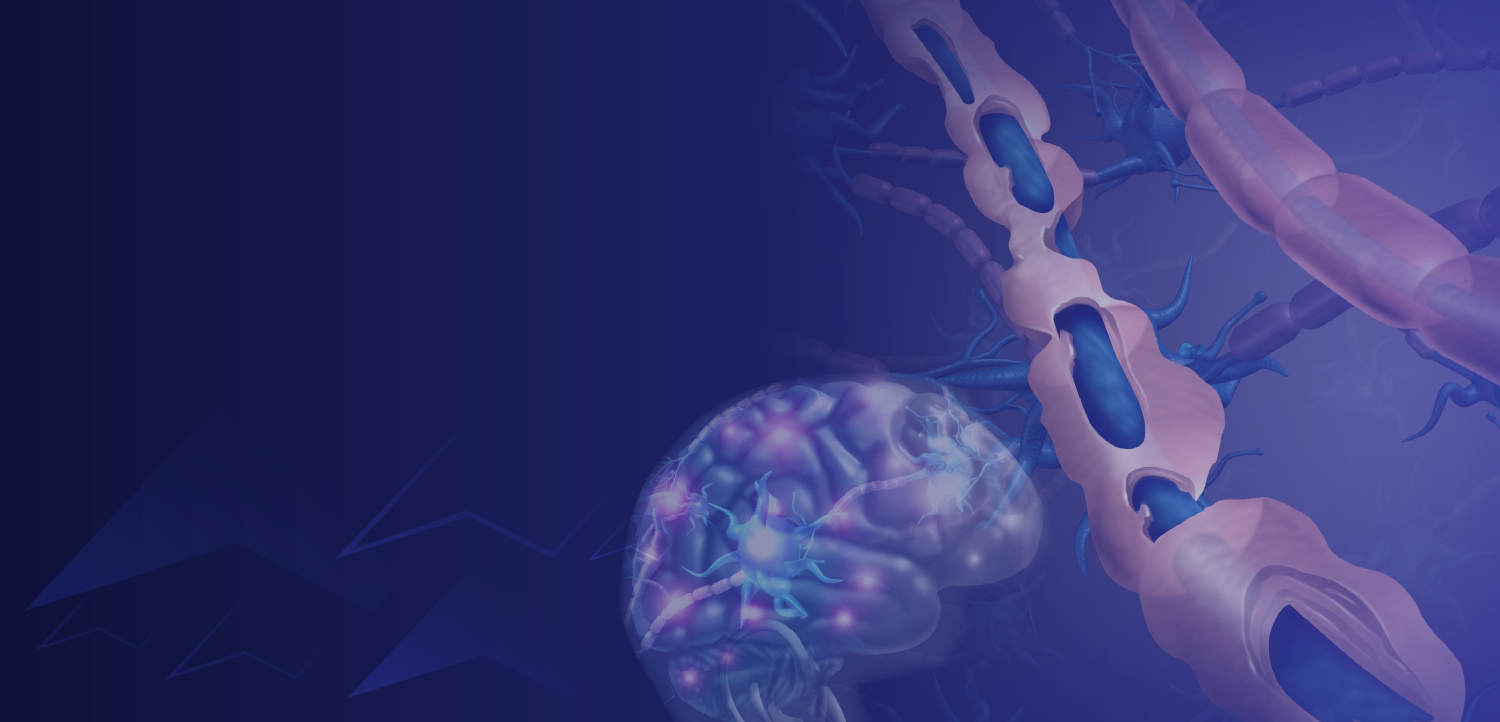In 2023, the United States reported 2770 cases of nationally notifiable arboviral diseases, with West Nile virus (WNV) accounting for 95% of those cases, according to a Centers for Disease Control and Prevention (CDC) report published in Morbidity and Mortality Weekly Report. These infections resulted in 2022 hospitalizations (73%) and 208 deaths (8%), with the majority of illnesses occurring from July through September.1
Among the year’s most significant findings was the first US human infection with a novel WNV lineage 3 (L3), a strain previously detected only in mosquitoes in Central Europe. The patient was coinfected with both L3 and the more common lineage 1 (L1) and became severely ill, requiring advanced diagnostic testing.1
“This was the first time WNV lineage 3 has been associated with human disease and identified in the United States,” said Hannah Padda, DVM, CDC epidemic intelligence service officer, in an email interview with Contagion. “CDC described the case in a paper published in 2024 in the Emerging Infectious Diseases journal, reporting that the patient was coinfected with both L3 and the very common lineage 1.”2
Although the exact role of L3 in the illness remains unclear, Padda emphasized the need for expanded surveillance: “It is not clear what role L3 played in the patient’s illness, if any, because the person was infected with both lineages. We also do not know how widely L3 is distributed in the United States or how many WNV infections might be associated with L3.”
Current molecular surveillance tools do not routinely detect or differentiate WNV lineages: “The L3 detection in the United States highlights the importance of conducting WNV surveillance, including for human disease and vectors. Current surveillance methods for WNV disease do not include tests that detect L3 by molecular methods or differentiate L3 from L1 through blood testing.”
Padda stressed the importance of continued research to assess any impact on public health guidance: “More research is needed to better understand the public health impact of L3 WNV to inform any potential changes to clinical, diagnostic, vector control, or prevention recommendations. In the meantime, CDC guidance remains the same for all WNV lineages: People can take steps to help protect themselves from mosquito bites and communities can implement mosquito control.”
Powassan virus disease ranked second in reported arboviral infections in 2023, with 49 cases, an increase from 2022's record high. La Crosse virus, meanwhile, was the most common cause of arboviral illness among children, with many cases classified as neuroinvasive.
What You Need To Know
West Nile virus accounted for 95% of the 2,770 reported arboviral cases in the US in 2023, leading to over 2,000 hospitalizations and 208 deaths.
The CDC reported the first US human infection with West Nile virus lineage 3, a strain previously seen only in European mosquitoes, highlighting gaps in current surveillance tools.
Improved detection, clinician awareness, and mosquito control remain critical as arboviral diseases like Powassan and La Crosse virus increase and diversify across geographic regions.
The report also documented 3 WNV transmissions through organ transplantation, reinforcing the need for vigilance in donor screening. “WNV transmission from an infected organ donor is rare,” Padda said. “There are currently no required donor screening protocols for WNV, but most living donors and some deceased donors are screened for evidence of WNV infection. Health authorities and blood and organ donation organizations monitor and update their protocols to ensure the safety of the blood and organ supply.”3
Given the underreporting of arboviral illnesses due to asymptomatic infections and limited testing, improved case detection remains a CDC priority. “CDC works to increase patient and provider awareness of arboviral diseases because understanding the seasonal and geographic distribution and characteristics of arboviral diseases in the United States is essential to detect and report cases,” said Padda.
She outlined several strategies to enhance detection and reporting4:
- “People with flu-like or neurologic symptoms—such as neck stiffness, muscle weakness, numbness, disorientation, or sudden vision loss—should see their health care provider and discuss any recent exposure to mosquito or tick bites.”
- “Health care providers should consider arboviral testing for patients with acute febrile or neurologic illnesses when ticks and mosquitoes are active and regularly talk to their patients about preventing mosquito and tick bites.”
- “Health care providers should also inform their state or local health department of patients with suspected arboviral infections.”
- “State and local health departments should continue to report cases to CDC to inform arboviral disease surveillance.”
As the geographic range and diversity of arboviruses evolve, the CDC urges clinicians and public health practitioners to remain alert. Preventive measures, including personal protection, mosquito control, and enhanced testing, remain the cornerstone of reducing morbidity and mortality.
References
1. Padda H, Jacobs D, Gould CV, et al. West Nile virus and other nationally notifiable arboviral diseases — United States, 2023. MMWR Morb Mortal Wkly Rep. 2025;74:358-364. doi:10.15585/mmwr.mm7421a1
2. Davis E, Velez J, Hamik J, et al. Evidence of lineage 1 and 3 West Nile virus in person with neuroinvasive disease, Nebraska, USA, 2023. Emerging Infectious Diseases. 2024;30(10):2090-2098. doi:10.3201/eid3010.240595





























































































































































































































































































































